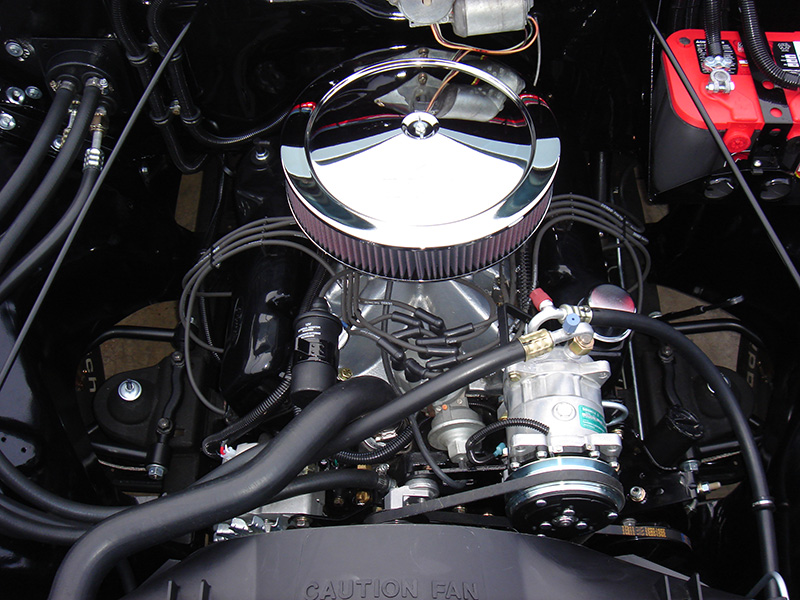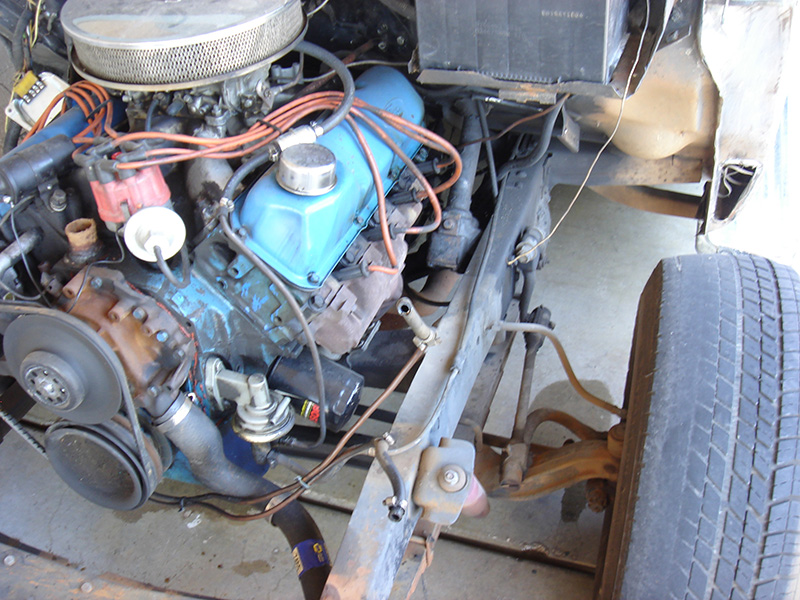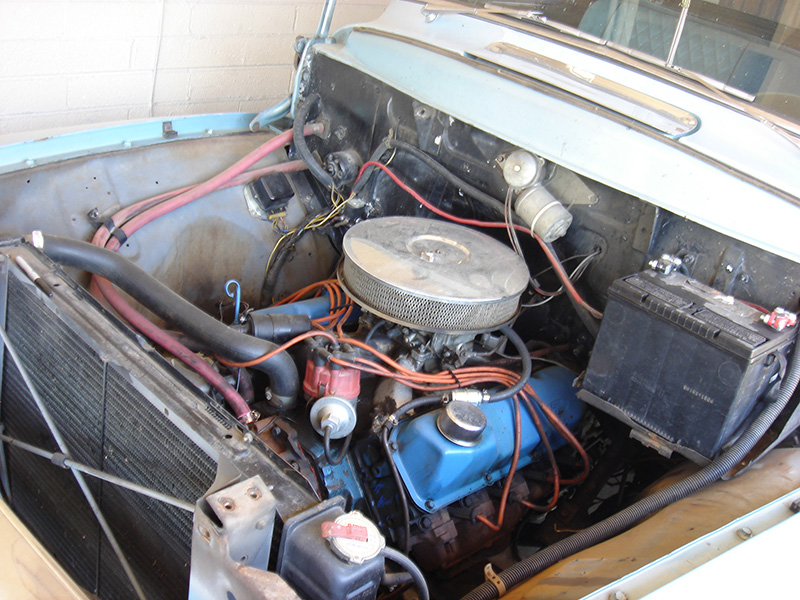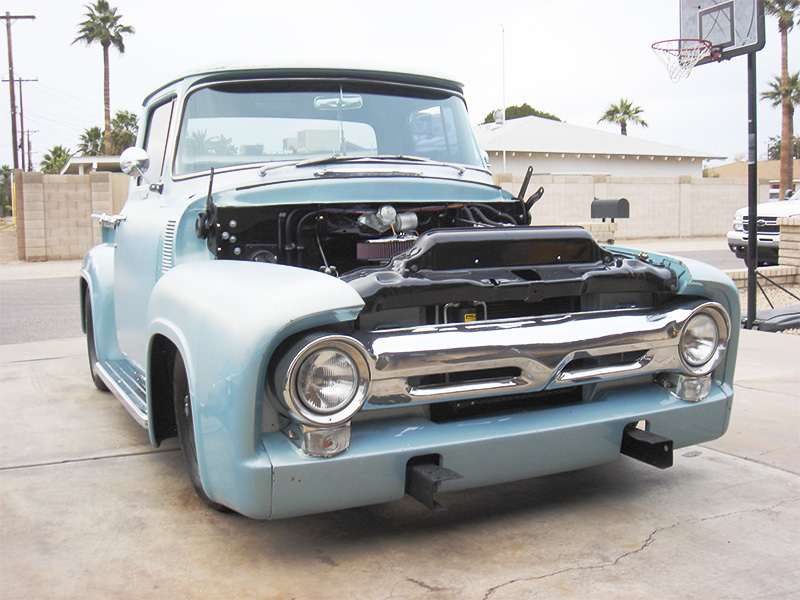Most race cars are required to have one. Most street cars don’t. Get on your lid and you’ll wish you had one. It both keeps you safe and keeps your car stiff.
We’re of course talking about roll cages, and in this featured tech piece we’re going to take a look at the in’s and out’s of the basic roll cage, from the materials they’re constructed of, to where you can have one installed, what it will cost you, and what NHRA regulations you need to know before you chop up your prized vehicle and start bending and welding.
The Basics
At the surface, a roll bar and a roll cage are designed to accomplish one very critical goal — to keep the driver safe should they be involved in an accident; particularly a crash that involves the shiny side down. But as chassis builders found early on, there’s more function to that puzzle of bars than just safety, which we’ll get into later. As most of our readers know, a roll bar and a roll cage are not the same thing. Same purpose, different execution.
The basic, 4-point roll bar consists of a main hoop behind the driver, two rear struts, and an optional cross brace on the main hoop should you need it or the rules require it. From there, you can go with a 6-point roll bar that includes a driver and passenger side door bar, while an 8-point setup includes a pair of rear-facing side bars for extra support of the main hoop.
Moving on to roll cages, you first get into the 8-point roll cage, which includes a main hoop, cage sides that route along the A-pillar, a windshield brace across the forward section of the roof, a back brace bar, roll cage gussets, and subframe struts. A 10-point cage includes rear struts and commonly an X-bar through those rear struts for torsional support.
NHRA Regulations You Should Know
The National Hot Rod Association, the premier governing body in the sport of drag racing, outlines a number of requirements for roll bars and roll cages for racers competing at sanctioned tracks and events the world over, based on elapsed time and, in some cases, on speed.
Vehicles running 11.00 to 11.49 in the 1/4-mile or 7.00 to 7.35 in the 1/8-mile (including those with T-tops), convertibles running 11.00 to 13.49 (7.00 to 8.25), and dune-buggy-type vehicles running 12.00 and slower are required to have a roll bar installed in the vehicle.
Have a custom project you would like us to work on?
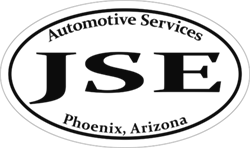
Contact Us
JSE AUTOMOTIVE SERVICES
6875 N 21st Ave,
Phoenix, AZ 85015
Stop in or Give us a Call
Call: 602-841-5111
Follow
